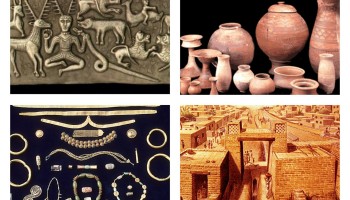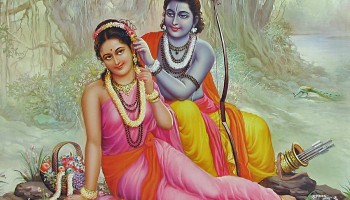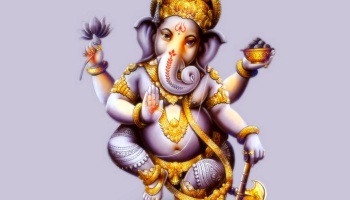Concept of Peace in Hinduism
– Prof. Shashi Tiwari, General Secretary, WAVES-India
Prof. Tiwari is an eminent Vedic and Sanskrit scholar. Authored 27 books and honored with 15 academic awards including the most prestigious ‘Rastrapati Samman , 2015’. She is Former Professor of Sanskrit, Maitreyi College, University of Delhi
The religion that has come to be known as Hinduism is certainly the oldest and the most varied of all the great religions of the world. Hinduism calls itself the Sanatana Dharma, the eternal faith, because it is based not upon the teachings of a single preceptor, or on any one text but on the collective wisdom and inspiration of great seers and sages from the very dawn of Indian civilization. A variety of beliefs, customs, rites and philosophies have merged here from time to time. According to Hindu thought, Dharma is the first of the four goals because it is the most comprehensive and is valid throughout the life of a human being. It implies not only the religious and philosophical framework but a total world-view, including the scheme of right conduct under various circumstances. Hinduism seeks to look after the welfare of the entire humanity. Peace and non-violence are the virtues broadly accepted in Hinduism in the ancient texts and practice.
In Sanskrit the term shanti is used for peace. The word’s literary meaning is peaceful, non-violent, calm or undisturbed. It denotes abstention from mental and physical violence and disturbances. It is a virtue under which some sentiment is to be removed from the mind instead of generating some sentiment in the mind. It is to bring the refusal of violent feelings from mind and violent activities from the life.
The principles of peace are described variously in Hinduism. The Vedic rishis were spiritualists. They instructed a philosophy of non-difference of self and others. Hindu religion believes in the existence of God (Ishvar) everywhere, as an all-pervasive, self-effulgent energy and consciousness. This basic belief creates the attitude of sublime tolerance and acceptance toward others. All living beings are same and are from the same God so there should be a sense of equality and one should not harm or hurt others. For a peaceful coexistence, the Vedas visualize the key principles of synthesis and balance. The concept of shanti is established on these principles. Peace as a highest human value is interlinked with other values such as with truth, nonviolence, purity, friendliness, forgiveness, tolerance, and. Peaceful attitude is regarded the foundation of all morality.
Shri Krishna became Shantiduta i.e. messenger of peace in Mahabharata to teach the lesson of peace to the enemy, but finally supported Arjun to fight against the wicked enemy. So shanti can exist with the absence of non-violence too. In fact peace is to be performed on three levels – mind, speech, and action (manasa, vaca, karmana).Collective peace or wellbeing does not refer only to humanity, because animals and plants also come under its vision. It goes even further and stresses the well-being of all in the famous Shanti-Mantra of Yajurveda (36.17). Accordingly, shanti is a state of equilibrium which is needed for the proper existence of all and everyone in this universe.
(Presented at the meeting of Heavenly Culture World Peace Restoration of Light (HWPL), Seoul, Korea in association with World Alliance of Religions Peace Dialogue (WARP) at India International Centre, New Delhi, Sep. 1, 2015)




No comments:
Post a Comment